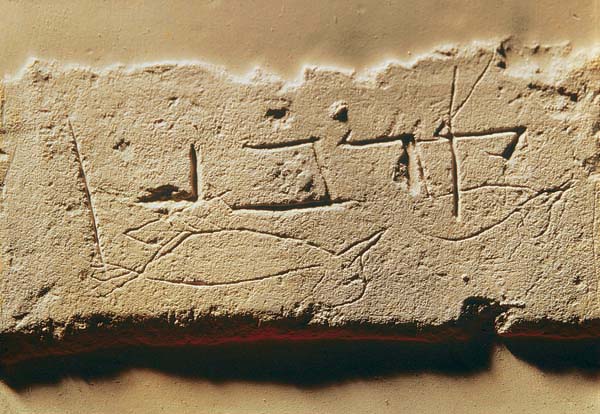Image Details

Erich Lessing
“A sacrifice according … to the law of the Lord” brought Mary and Joseph to sacrifice two doves in the Temple of Jerusalem after Jesus’ birth (Luke 2:22–24). The Book of Leviticus prescribes several occasions that call for the sacrifice of pigeons and doves (Leviticus 1:14, 5:7, 11, 12:6, 8, 14:22, 30, 15:14, 29). The Gospel of John also tells us that people selling doves were among those whom Jesus drove out of the Temple (John 2:13–16). Striking evidence of this practice was uncovered in the 1960s when Benjamin Mazar excavated a bowl from the shops that lined the Temple Mount’s western wall. The bowl is inscribed with the Hebrew word korban (“sacrifice”) and is scratched with rough drawings of two dead (upside-down) birds. This bowl was doubtless intended for pilgrims to hold their sacrificial offering on their way to the Temple. This and the columbaria in the nearby City of David vividly illustrate that doves and pigeons were big business in the Second Temple period.
